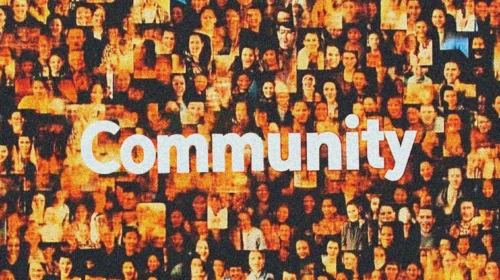As we continue to observe National Suicide Prevention Month 2024, we’d be doing the conversation a disservice if we didn’t take the opportunity to examine how the factors that trigger suicide and self-harm have evolved and have been amplified over the past few decades.
Data from the Centers for Disease Control and Prevention (CDC) indicates suicide rates increased nearly 40 percent over the last 25 years, and this is no coincidence. As mental health as a whole has suffered in America, it’s resulted in a tragic and alarming corresponding rise in people taking their own lives. Let’s examine what led to this decades-long spike and who it affects most.
What Groups Experience the Highest Rates of Suicide?
Suicide and self-harm affect people of all ages, ethnicities, and socioeconomic backgrounds, but where it’s most prevalent may surprise you. The CDC reports that People 85 years of age or older experienced the highest rates of suicide in 2022, followed by individuals 75-84. American Indians and Alaskan Natives had the highest rates by cultural background, followed by the non-Hispanic Caucasian community. Men are at consistently higher risk than women.
Each of these communities faces unique factors contributing to these escalated rates. Elder Americans, who have historically suffered the most from suicide, often have undiagnosed depression and other mental health issues, as well as terminal illnesses that they feel are eroding their quality of life beyond what they can stand.
How Have Suicide and Self-Harm Triggers Evolved?
While the factors that drive suicide for the most vulnerable have long been recognized and documented, there are a few proverbial elephants in the room whose impact we’re only just starting to understand. Let’s talk about three of the most significant drivers of mental health struggles that often lead to suicide and self-harm.
Social Media Saturation
There’s no denying it: A growing and established body of research points to a correlation between time spent on social media and the prevalence of depression and suicidality. People’s daily social media experiences create mental health challenges on multiple fronts, whether it’s reality distortion-fueled FOMO, algorithmic constructs that lead to perpetual doom-scrolling, bullying, harassment, or anything else.
Economic and Cultural Disillusionment
Poverty and suicide have always been closely linked, but as socioeconomic disparities become broader, more and more people are finding themselves completely cut off from the proverbial American dream they always thought was attainable with hard work. Houses for first-time buyers are higher than ever, wages have not kept up with prices, and the building blocks of upward mobility, such as education and professional opportunity, have become less and less available for many people. This not only engenders a low self-image and a perceived lack of self-worth but also makes life materially more difficult.
Trouble Coping with Global Problems
When people examine the current state of the world, it can be very easy to let fatalism and nihilism shape how they maneuver through it, even how they value their own lives. Feeling powerless is something everybody experiences from time to time, but it’s important to realize that you can affect change and be of value in your own corner of the world.
Stigma and Isolation
For all of the mental health awareness and culture of acceptance that has developed over the past few years, many people still feel like they can’t confide in the people closest to them about their struggles. Perhaps they’ve experienced a shocking and profound trauma, and they’re afraid or embarrassed to come forward. Maybe they’re living in an unsafe or unsupportive family dynamic where mental health is deprioritized. It could even be the assumption that their thoughts and struggles are so unique that nobody will understand them. If you’re struggling with any of these issues, know you aren’t alone, and there are safe spaces where you can turn for help.
Preventing Suicide for Yourself or Your Loved One
If you’re struggling with suicidal urges, remember two things: ideation doesn’t have to lead to escalation, and you aren’t “crazy” or “defective” for having these thoughts. It’s essential, however, to seek help when you start to start to become preoccupied with suicide or self-harm. This can mean talking to a therapist or psychiatrist or entering an inpatient or outpatient treatment program.
Talk to a trusted friend or loved one about your struggles and let them help you take the first steps toward getting treatment. Remember that no problem is worth your life, and although there will always be adverse circumstances to navigate, you are strong enough to navigate them. Recovery Unplugged has helped thousands of people struggling with suicidal thoughts reclaim their mental health and quality of life, and we’re ready to do the same for you. We offer inpatient, outpatient, and virtual treatment options to keep care accessible. Get help today.

























